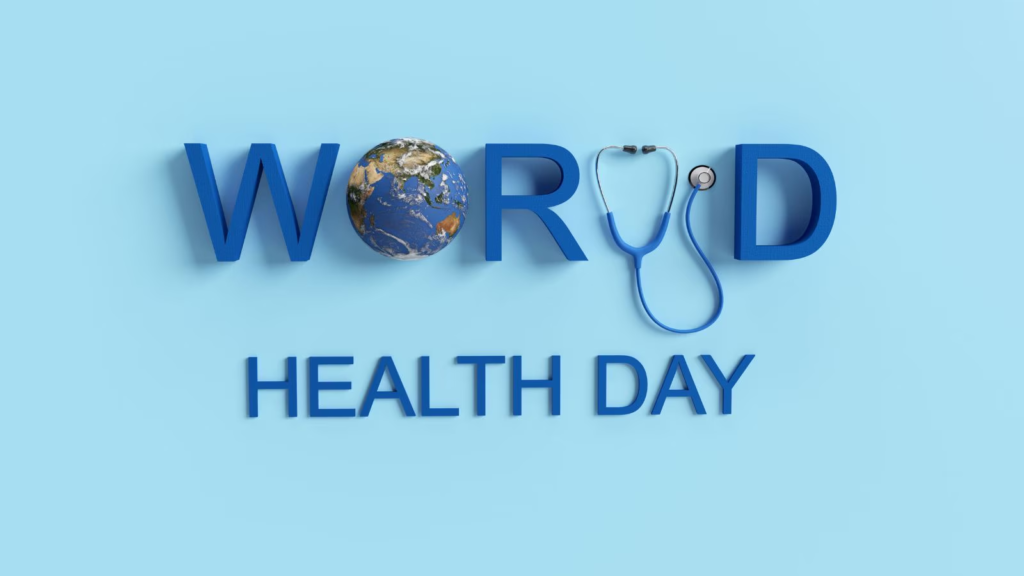
The future of healthcare isn’t arriving. It’s already here—disrupting traditions, transforming diagnoses, and delivering hope at the speed of innovation. From AI-driven surgeries to virtual therapy, technology is not just supporting healthcare—it’s reinventing it.
Table of Contents
- Introduction: A Digital Pulse in Medicine
- Telemedicine: From Clinic to Couch
- Artificial Intelligence: The Smart Doctor’s Assistant
- Wearables & Remote Monitoring: Healthcare on Your Wrist
- Robotics in Surgery: Precision Without the Tremor
- 3D Printing: A New Era in Custom Medicine
- Genomics and Personalized Care
- Data and Cloud: Powering Predictive Healthcare
- Challenges in the Tech-Health Journey
- The Road Ahead: What to Expect in the Next Decade
- Conclusion: The Human Side of High-Tech Healing
1. Introduction: A Digital Pulse in Medicine
Once confined to hospital halls and paper files, healthcare is now breaking boundaries. Digital tools, smart machines, and virtual systems are giving medicine a modern heartbeat. What once sounded like science fiction—robot doctors, virtual surgeries, DNA editing—is rapidly becoming standard care.
This isn’t the future of healthcare. It’s the now.
2. Telemedicine: From Clinic to Couch
No waiting room. No travel. Just a video call away.
Telemedicine allows patients to consult doctors from anywhere—whether it’s a busy city or a remote village. With secure platforms and real-time video conferencing, healthcare is reaching more people, faster than ever.
Convenience is no longer a luxury. It’s healthcare’s new standard.
3. Artificial Intelligence: The Smart Doctor’s Assistant
AI doesn’t replace doctors—it empowers them.
Machine learning algorithms now analyze X-rays, detect anomalies in MRIs, predict patient deterioration, and even assist in cancer detection. AI is also helping reduce administrative workloads and streamline hospital operations.
In a world of data, AI makes sense of the chaos.
4. Wearables & Remote Monitoring: Healthcare on Your Wrist
Fitness bands, smartwatches, and biosensors aren’t just lifestyle accessories.
They track heart rate, sleep patterns, oxygen levels, blood sugar, and more. For chronic disease patients, they provide real-time data to doctors and reduce emergency visits.
Healthcare is moving from hospitals to homes.
5. Robotics in Surgery: Precision Without the Tremor
Robotic-assisted surgeries allow for microscopic precision, minimal invasion, and faster recovery.
Surgeons now control robotic arms that perform delicate operations with accuracy beyond human limits. This is especially valuable in neurosurgery, orthopedics, and cardiac procedures.
Robots don’t replace surgeons—they elevate them.
6. 3D Printing: A New Era in Custom Medicine
What if a missing bone, dental implant, or prosthetic limb could be printed?
With medical-grade 3D printing, custom implants and even organ models are now being created to fit individual patients perfectly. This reduces surgical complications and enhances recovery.
The printer is becoming a prescription tool.
7. Genomics and Personalized Care
One-size-fits-all treatment is fading fast.
Genomics is helping decode an individual’s DNA to tailor treatments, predict disease risks, and even prevent illnesses before they begin. Cancer therapies, for example, are increasingly being personalized based on genetic profiles.
Medicine is no longer reactive. It’s becoming predictive.
8. Data and Cloud: Powering Predictive Healthcare
Hospitals now collect vast amounts of patient data—but what matters is how it’s used.
Cloud-based platforms store, share, and analyze data securely, enabling faster diagnoses, better collaboration, and predictive health alerts.
The cloud is becoming the brain of modern healthcare.
9. Challenges in the Tech-Health Journey
With every leap, come hurdles:
- Data privacy and cybersecurity
- Cost and access in low-income regions
- The digital divide between urban and rural populations
- Ethical concerns around AI decisions and genetic modification
Technology must be inclusive, ethical, and transparent to truly heal.
10. The Road Ahead: What to Expect in the Next Decade
- AI-powered early diagnostics will become routine
- Digital twins (virtual models of patients) could simulate treatments before real ones
- Voice-assisted healthcare, especially for seniors
- Regenerative medicine and lab-grown organs
- Augmented reality in medical education and remote surgery
Tomorrow’s healthcare will feel like science fiction—with a human touch.
11. Conclusion: The Human Side of High-Tech Healing
Technology is a tool. Healing is still human.
The true power of innovation lies not just in algorithms or machines, but in how they serve people—bringing care, connection, and compassion to those who need it most.
Because even in a digital age, empathy remains the best medicine.

